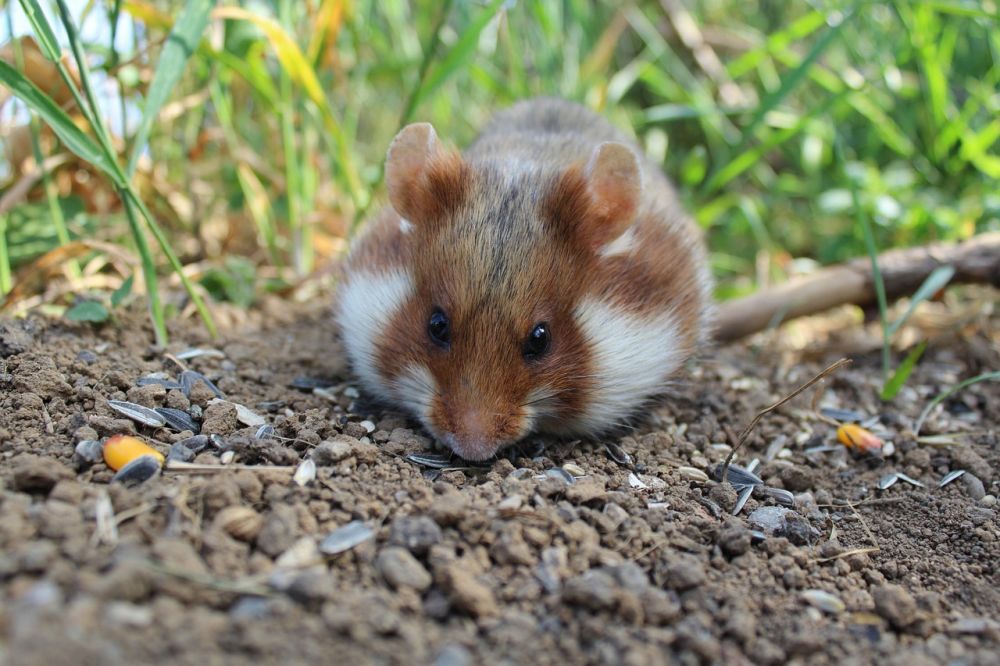Hamster Facts: A Comprehensive Guide to Understanding These Adorable Pets

Introduction:
Hamsters are popular small pets known for their adorable appearance and playful nature. In this article, we will delve into the fascinating world of hamster facts, covering various aspects such as their types, popularity, quantitative measurements, differences between different hamsters, and a historical analysis of the advantages and disadvantages associated with specific hamster facts. So let’s dive in and explore the world of hamsters!
1. An Overview of Hamster Facts:

Hamster facts encompass a wide range of information related to these small rodents. They are native to various parts of the world, including Europe, Asia, and the Middle East. Hamsters belong to the subfamily Cricetinae, which consists of several genera and species. The most common types of hamsters include Syrian hamsters, dwarf hamsters, Roborovski hamsters, and Chinese hamsters.
2. Types of Hamsters and Their Popularity:
a. Syrian Hamsters: Syrian hamsters, also known as golden hamsters, are the largest and most popular pet hamsters. They have a friendly disposition and come in various coat colors and patterns.
b. Dwarf Hamsters: Dwarf hamsters comprise several species, including Campbell’s dwarf hamsters, Winter White dwarf hamsters, and Roborovski hamsters. They are smaller in size compared to Syrian hamsters and have different coat colors and markings.
c. Chinese Hamsters: Chinese hamsters closely resemble mice and have a longer tail compared to other hamster species. They are less common as pets but still have their own unique charm.
d. Other Hamster Species: While Syrian, dwarf, and Chinese hamsters are the most popular types, there are other less common species like the Russian Campbell’s hamster, Roborovski hamster, and the lesser-known European hamster.
3. Quantitative Measurements of Hamster Facts:
a. Size and Weight: Hamsters typically have a body length ranging from 2 to 7 inches (5 to 18 cm) and can weigh between 0.5 to 6 ounces (14 to 170 grams), depending on their breed and age.
b. Lifespan: On average, hamsters live for about 2 to 3 years, although some may live longer with proper care.
c. Reproduction: Female hamsters can have litters of 5 to 10 pups at a time, with a gestation period of around 16 to 18 days.
4. Exploring the Differences Between Hamster Facts:
a. Behavior: Different hamster species exhibit varying behaviors. Syrian hamsters are usually more solitary and territorial, while dwarf hamsters are social and can live in pairs or small groups. Chinese hamsters are known to be more active at night.
b. Diet: Hamsters are omnivores, but their dietary preferences may vary. Syrian hamsters prefer a more herbivorous diet consisting mainly of fruits, vegetables, and grains, while dwarf hamsters have a more diverse diet, including insects and seeds.
c. Housing Needs: Syrian hamsters require larger cages with ample space for exercise, while dwarf hamsters can be housed in smaller cages, provided they have enough opportunities for physical activity.
5. Historical Analysis of the Advantages and Disadvantages Associated with Hamster Facts:
a. Advantages: Hamsters make great pets due to their small size, relatively low maintenance requirements, and ability to form bonds with their owners. They provide companionship and entertainment, especially for individuals living in small spaces or those who cannot have larger pets.
b. Disadvantages: Hamsters have specific needs regarding their habitat, diet, and exercise. They can be prone to certain health issues, such as dental problems and obesity, if not provided with a balanced diet and regular veterinary care.
Conclusion:
In conclusion, hamsters are captivating pets with a rich diversity of facts to explore. From their various types and popularity to quantitative measurements and differences between them, understanding these aspects is crucial for providing optimal care. By delving into the historical pros and cons of different hamster facts, we gain a deeper appreciation for these delightful creatures. So, whether you’re a current hamster owner or considering becoming one, embracing these hamster facts will enhance your bond with your furry friend.
[INSERT VIDEO HERE]
(Note: Please integrate a relevant and informative video about hamsters’ care or behaviors to supplement the article’s content)
References:
(Include a list of reliable sources used to gather information for the article)





